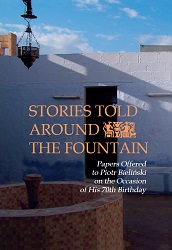
Legio I Italica – orientalis
Polish archaeological research in the Roman fortress of Novae on theLower Danube have contributed to the body of knowledge on the tiesbetween the Legio I Italica, which was headquartered there, and theeastern parts of the Empire. In some sense, the legion’s establishmentby the emperor Nero to fight in the East already left a mark on itshistory. In the wake of the civil war that followed the emperor’s death,the legion was based in Novae, but detachments continued to operatein the East until late antiquity. Such ties must have left an indeliblemark on the religious beliefs and material culture of the soldiers.Archaeological and epigraphic investigations give insight into thecomplexity of these relations and influences.
More...